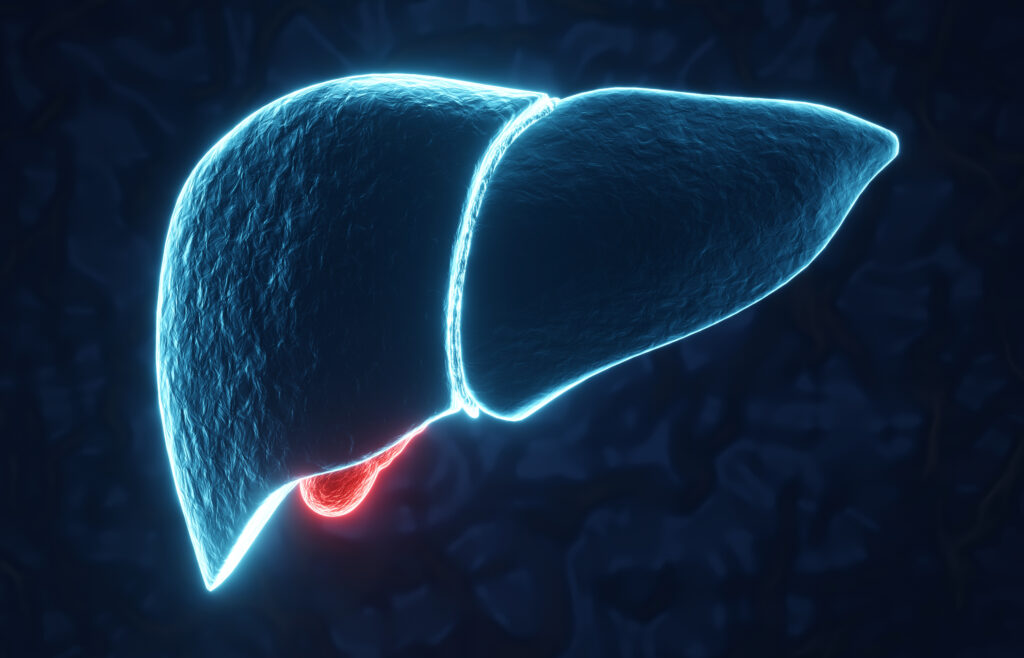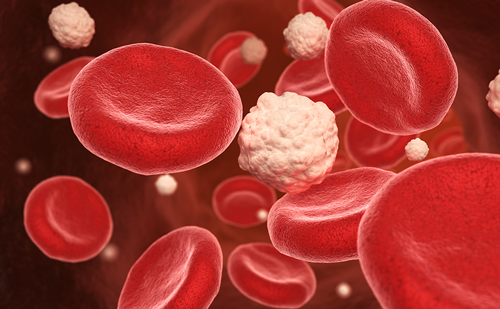Search Results
Showing Results for tirzepatide

Article highlights There is growing clinical importance attributed to the development of metabolic dysfunction-associated steatotic liver disease in people with type 2 diabetes (T2D). Numerous international groups now advocate screening for advanced fibrosis in people with risk factors, such as ...

The 3-year results from the SURMOUNT-1 trial, published in the New England Journal of Medicine, have revealed that tirzepatide significantly reduced the risk of progression to type 2 diabetes (T2D) in individuals with obesity and prediabetes. T2D onset was ...

It is with great pleasure that we present this latest issue of touchREVIEWS in Endocrinology, which brings together a diverse array of high-quality articles focused on the evolving landscape of endocrine disorders. The importance of patient-centred care is exemplified in ...

The American Diabetes Association (ADA) 84th Scientific Sessions took place in Orlando, Florida from 21–24 June, offering a wealth of updates and new data in diabetes and related specialties. The touchENDOCRINOLOGY team monitored the event on X to track the trending topics under #ADA2024.

Tirzepatide is a first-in-class novel dual glucose-dependent insulinotropic peptide (GIP)/glucagon-like peptide-1 (GLP-1) receptor agonist (twincretin), formulated as a synthetic peptide containing 39 amino acids based on the native GIP.1 Tirzepatide has a GIP receptor-binding affinity comparable with native GIP and ...

Type 2 diabetes (T2D) continues to pose an ever-greater global health challenge, with 1.31 billion individuals predicted to be living with diabetes globally by 2050; the majority of whom will have T2D.1 Closely linked to T2D is metabolic dysfunction-associated steatotic ...

Prof. Chantal Mathieu (Katholieke Universiteit Leuven, Belgium) provides her highlights from the ADA 83rd Scientific Sessions, 2023 including Teplizumab, an anti-CD3 monoclonal antibody, which was the first disease modifying therapy that delays the progression from stage 2 to stage 3 type 1 diabetes and ...

The incidence of youth-onset type 2 diabetes (T2D) is increasing.1,2 Growing evidence has demonstrated that youth-onset T2D is rapidly progressive, with earlier onset of life-limiting complications compared with adult-onset T2D.3,4 Initiation of effective treatment that can restore beta ...

The American Diabetes Association (ADA) and the European Association for the Study of Diabetes (EASD) consensus statement 2022 is a valuable addition that will help streamline type 2 diabetes mellitus management.1 The focus on individualized and person-centric care in the statement is ...

The key trials in the field of diabetes, including the results of the tirzepatide study, presented at the 82nd American Diabetes Association Scientific Session, June 3-7, 2022, are discussed by Dr Samuel Dagogo-Jack (University of Tennessee Health Science Center, Memphis, TN, ...

The SURPASS trials demonstrated the efficacy and safety of tirzepatide for type 2 diabetes. Dr Carol Wysham (MultiCare Rockwood Clinic, Spokane, WA, USA) discusses the outcomes of a post-hoc analysis of the SURPASS programme and the impact of tirzepatide on clinical ...

The current treatment options for chronic kidney disease in patients with type 2 diabetes is discussed by Professor Hiddo Heerspink (University Medical Center Groningen, Groningen, Netherlands). Also discussed is the mechanism of tirzepatide, a novel once-weekly medication, which has shown to ...

A pre-specific exploratory analysis of SURPASS-4 evaluated the progression to pre-specified kidney endpoints between tirzepatide and titrated daily insulin glargine in chronic kidney disease. Professor Hiddo Heerspink (University Medical Center Groningen, Groningen, Netherlands) discusses the outcome of the analysis and ...

Welcome to the latest edition of touchREVIEWS in Endocrinology. The articles in this issue present authoritative, up-to-date information on a wide range of topics, reflecting the scope of the broadening discipline of endocrinology. We begin with four articles on the ...

Nutrient-stimulated gastric inhibitory polypeptide (GIP) (known as either gastric inhibitory polypeptide or glucose-dependent insulinotropic polypeptide) or glucagon-like peptide (GLP-1), are secreted by K and L cells, respectively, in the upper segment of the small intestine and throughout the intestine. For ...

Obesity – a chronic, relapsing, progressive disease that is defined by a body mass index (BMI) of ≥27.5 kg/m2 in Asian populations and ≥30.0 kg/m2 in all other populations – is an epidemic that has spread across the world.1 Recent data from ...

Obesity is a growing problem worldwide with extensive health and economic consequences, rendering interventions that encourage weight loss of great interest. Obesity is usually defined as a body mass index (BMI) of 30 kg/m2 or above, or 27.5 kg/m2 or ...
Latest articles videos and clinical updates - straight to your inbox
Log into your Touch Account
Earn and track your CME credits on the go, save articles for later, and follow the latest congress coverage.
Register now for FREE Access
Register for free to hear about the latest expert-led education, peer-reviewed articles, conference highlights, and innovative CME activities.
Sign up with an Email
Or use a Social Account.
This Functionality is for
Members Only
Explore the latest in medical education and stay current in your field. Create a free account to track your learning.


